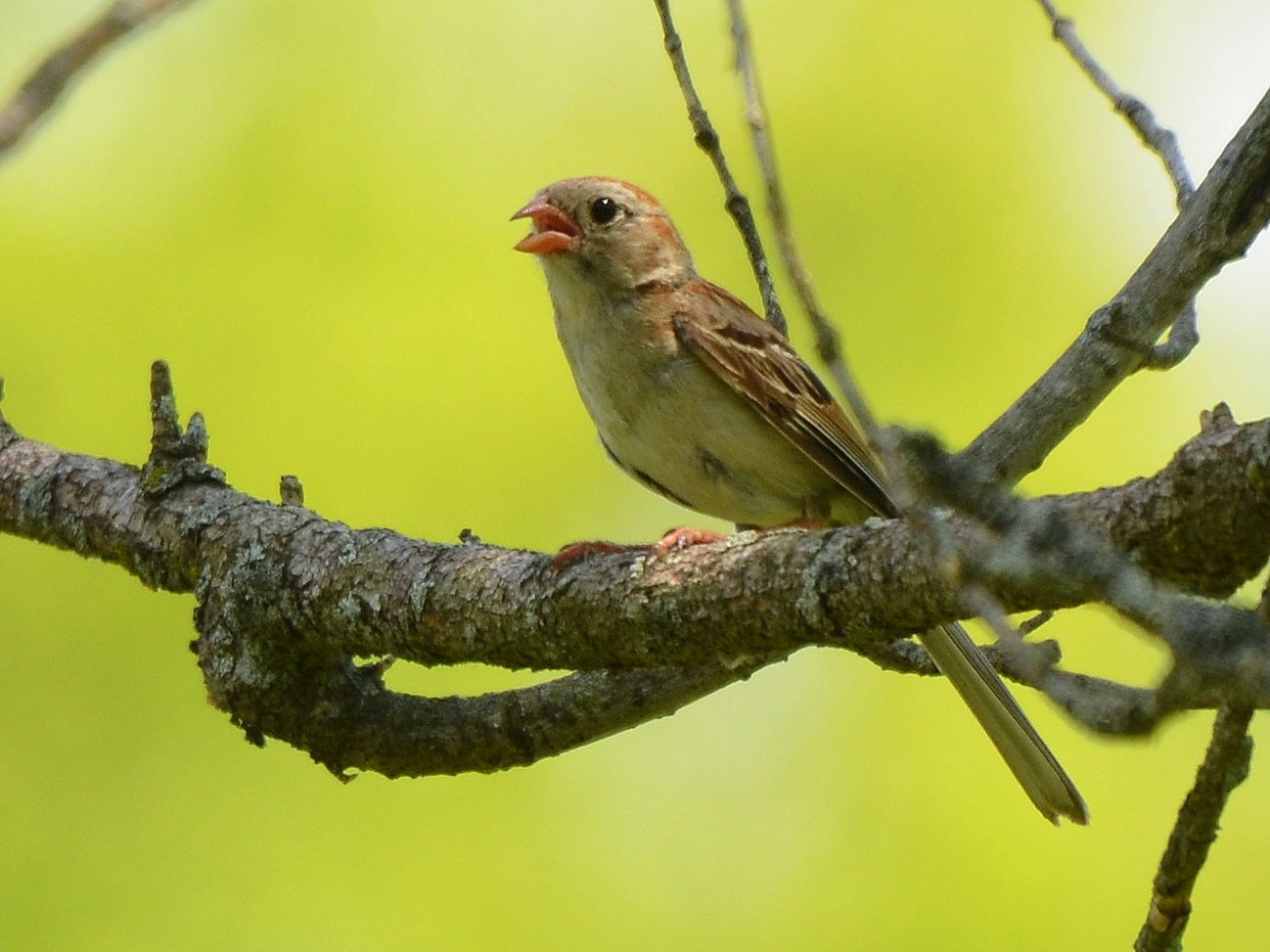Field Sparrow
A species of Spizella Sparrows Scientific name : Spizella pusilla Genus : Spizella Sparrows
Field Sparrow, A species of Spizella Sparrows
Botanical name: Spizella pusilla
Genus: Spizella Sparrows
Content
Description People often ask General Info
Description
Adults have brown upperparts, a buffy breast, a white belly, two whitish wing bars and a dark-brown forked tail. They have a grey face, a rusty crown, a white eye ring and a pink bill. They have rusty markings behind the eye. There are grey and rufous colour variants. 
Size
15 cm (5.75 in)
Colors
Brown
Black
Yellow
Bronze
Gray
White
Life Expectancy
8 years
Nest Placement
Ground
Clutch Size
1 - 5 eggs
Incubation Period
1 - 5 broods
Number of Broods
10 - 17 days
Nestling Period
5 - 8 days
Feeding Habits
Field Sparrow's diet varies seasonally, feeding mainly on small grass seeds like crabgrass and foxtail in winter, while incorporating a balanced mix of seeds and insects as temperatures rise. Insects, making up half of their summer diet, include butterflies, weevils, and beetles. Nestlings are fed spiders and various insects.
Habitat
Field Sparrow predominantly occupy open and semi-open areas, favoring environments with low perches like brushland and sparse trees. Their primary habitats include abandoned farmlands, pastures, and forest edges, as well as man-made landscapes such as orchards and nurseries. Generally, they reside in temperate regions at lower altitudes and exhibit migratory behavior, with northern populations wintering in the south.
Nest Behavior
Field Sparrow's female selects the site and weaves a crisscrossed grass stem framework, then lines the cup with fine materials over 5–8 days for the initial nest, subsequently taking only 2–3 days. The species avoids nesting near humans and undertakes increased elevation for subsequent nests to reduce predation risk.
Nest Characteristics
Field Sparrow typically constructs nests on the ground within grass clumps or at shrub bases in spring, later opting for elevated locations up to 10 feet to evade predators. Nests are formed within blackberry bushes, St. John’s wort, honeysuckle, coralberry, dogwood, redcedar, hawthorn, and elms, avoiding human presence. These open cup-shaped nests, built exclusively by females, combine coarse and fine grasses, rootlets, and hair, measuring 3.3-8.3 inches in diameter and 1.9-4.3 inches in height, with a cup depth of 1-2.4 inches.
Dite type
Insectivorous
People often ask
General Info
Feeding Habits
Bird food type
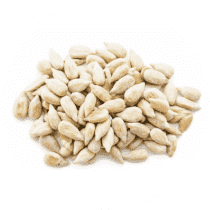
Hulled Sunflower Seeds
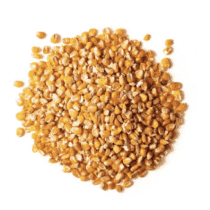
Cracked Corn
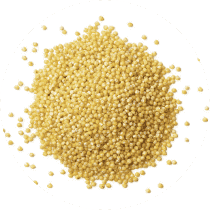
Millet
Bird Feeder Type

Large Hopper
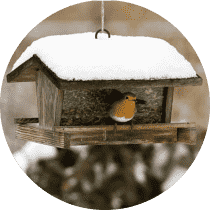
Small Hopper

Platform
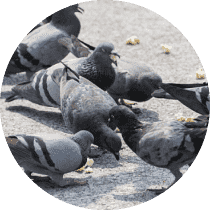
Ground
Sounds
Song
Recording location: United States
Behavior
Field Sparrow engage in daily activities that involve foraging on the ground for seeds and insects, utilizing a unique method of feeding on grass seed heads by riding the stem to the ground. They adeptly capture insects by pouncing from low perches. Field Sparrow are territorial during the breeding season, with males arriving early to establish exclusive zones, aggressively defending boundaries. Once females arrive, pair bonding occurs rapidly, and monogamy is the norm, although some late pairings might result in mixed-paternity broods. Post-breeding, field Sparrow form flocks and inhabit open areas like fallow fields and forest edges for overwintering.
Distribution Area
Their breeding habitat is brushy, shrubby fields across eastern North America. The nest is an open cup on the ground under a clump of grass or in a small thicket. These birds are permanent residents in the southern parts of their range. Northern birds migrate to the southern United States and Mexico. 
Species Status
Not globally threatened.
Scientific Classification
Phylum
Chordates Class
Birds Order
Perching birds Family
New world sparrows Genus
Spizella Sparrows Species
Field Sparrow 